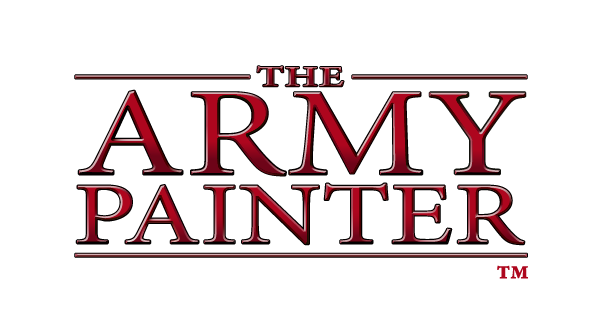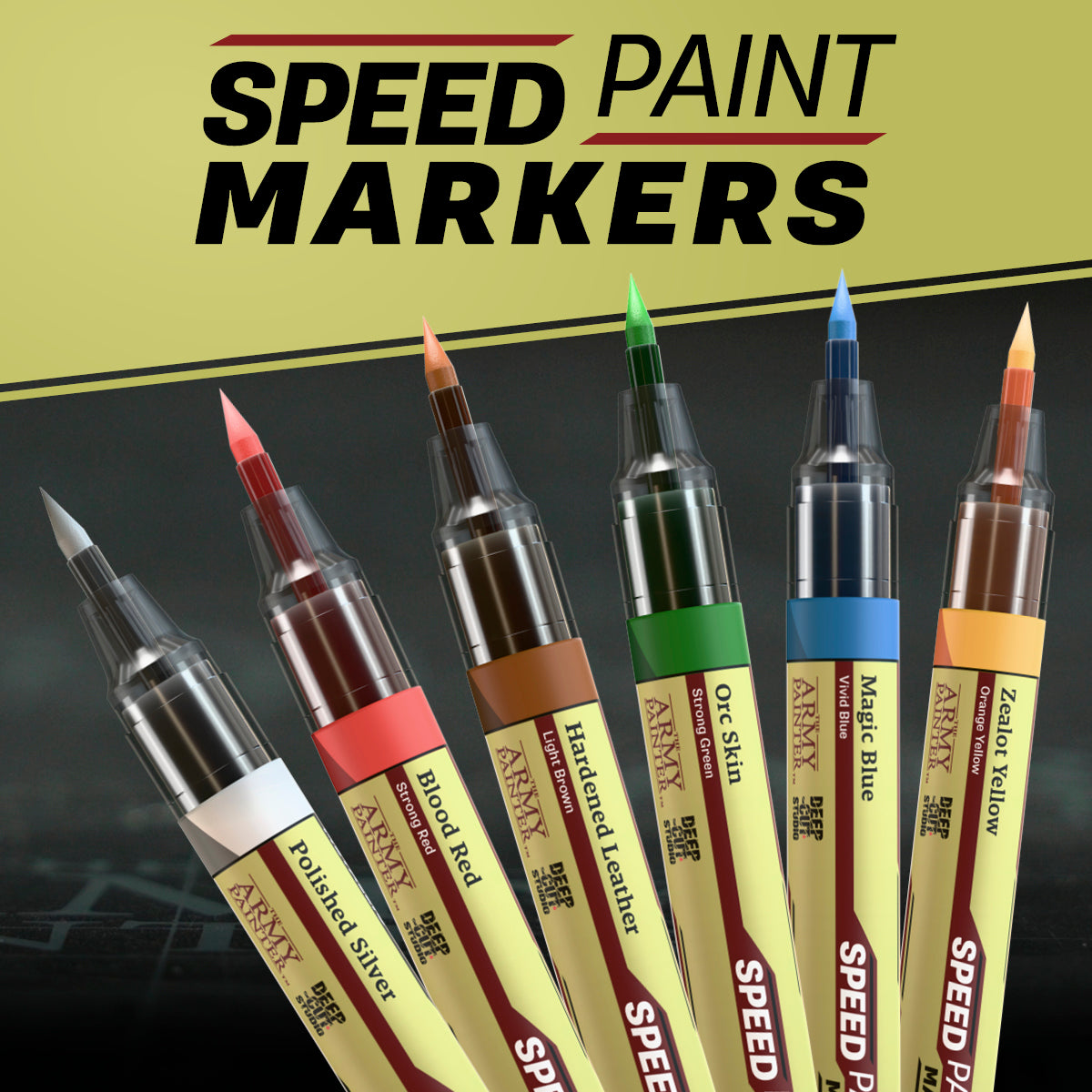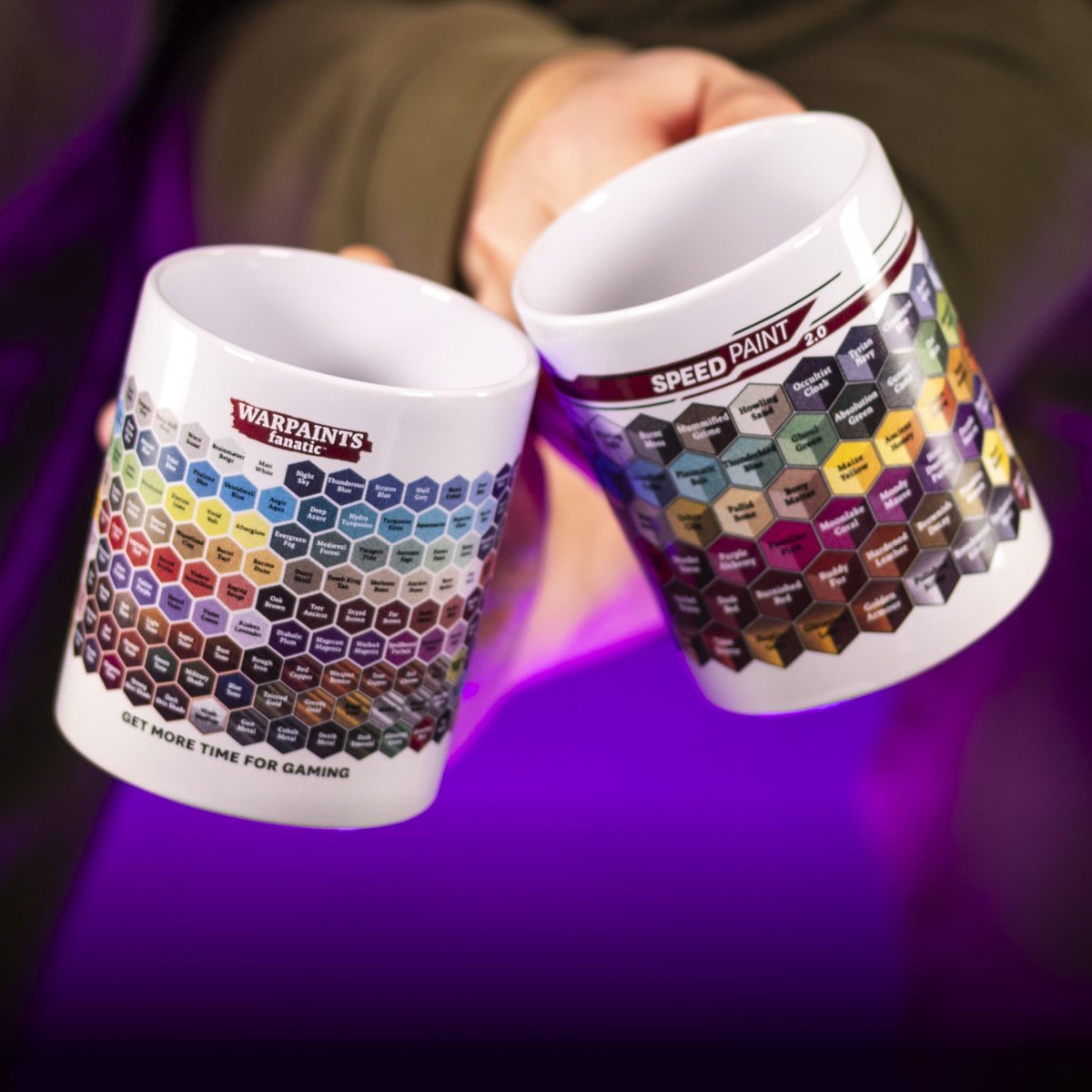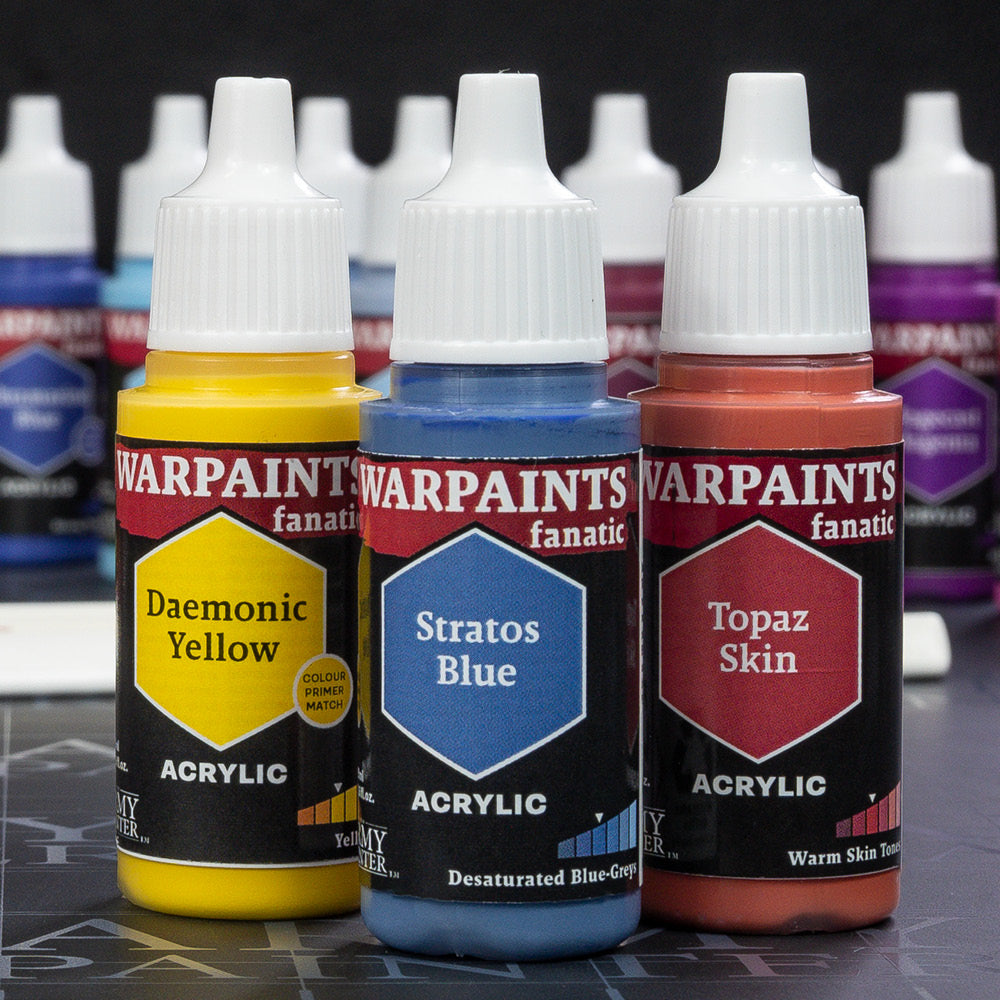
What Makes a Good Paint for Miniatures?
Learn the “Secrets” of Paint for Miniatures Making good paint is hard to do. Making a paint that performs for the best painters in the world, meets the demands of army painters and gamers, while st...
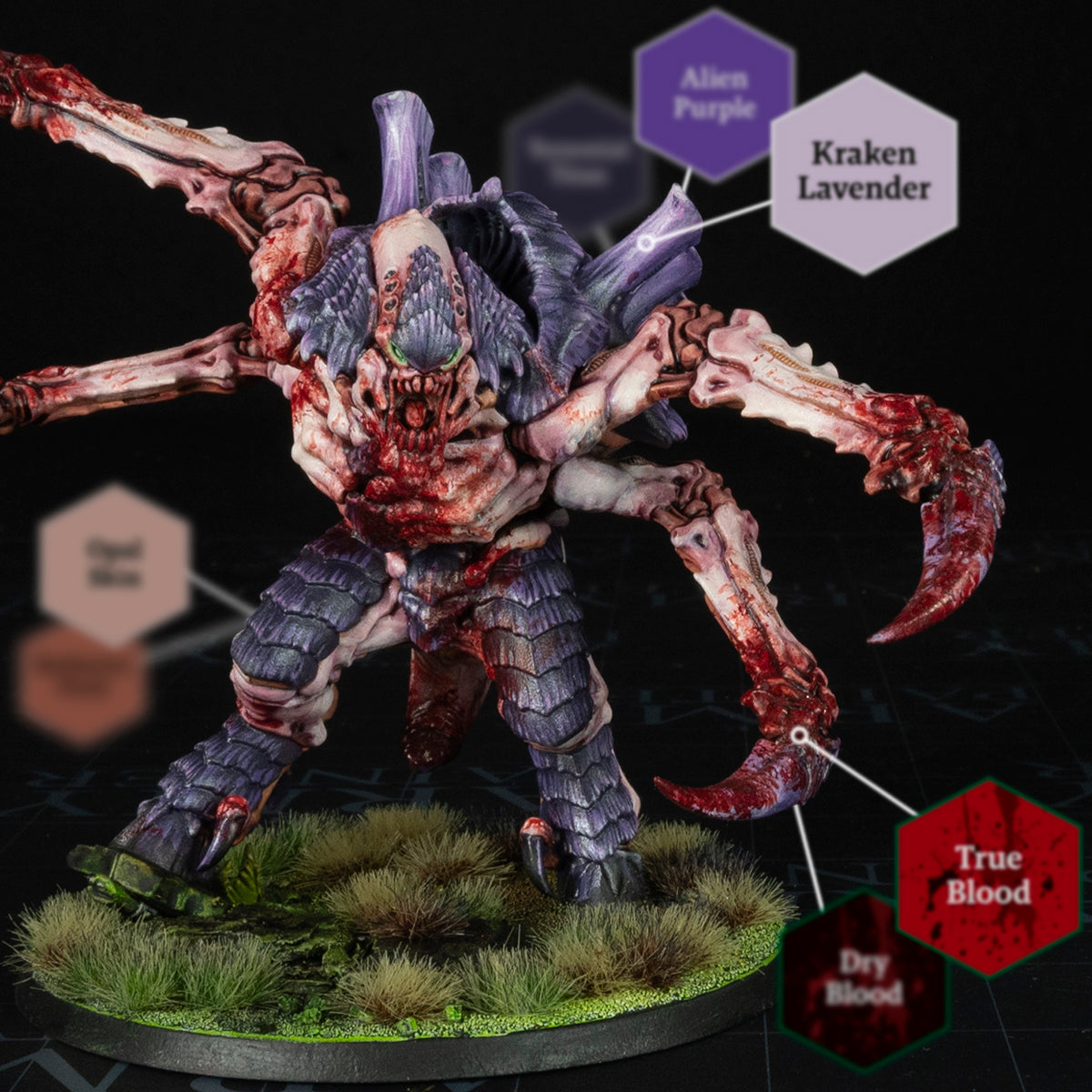
Thomas Tackles the Tyranid Screamer-Killer
Welcome to our first in-depth look at how we tackle certain models within The Army Painter studio. We hope to bring you even more of these in the future, including guides with step-by-step photos,...
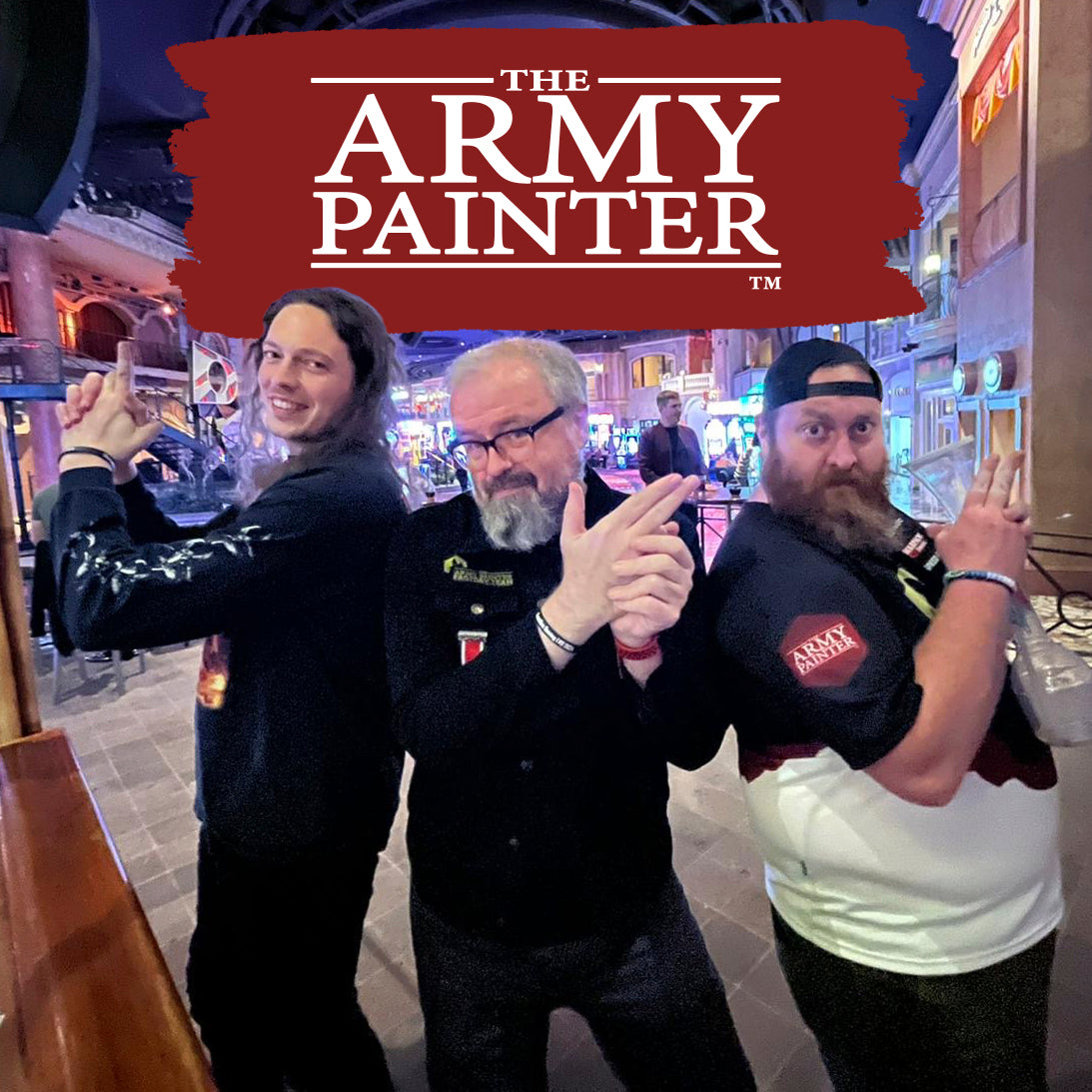
The 2024 Las Vegas Open has come and gone, and what an event it was! The Army Painter was there in force, with our very own booth in the exhibitor hall, several painting seminars, player represent...
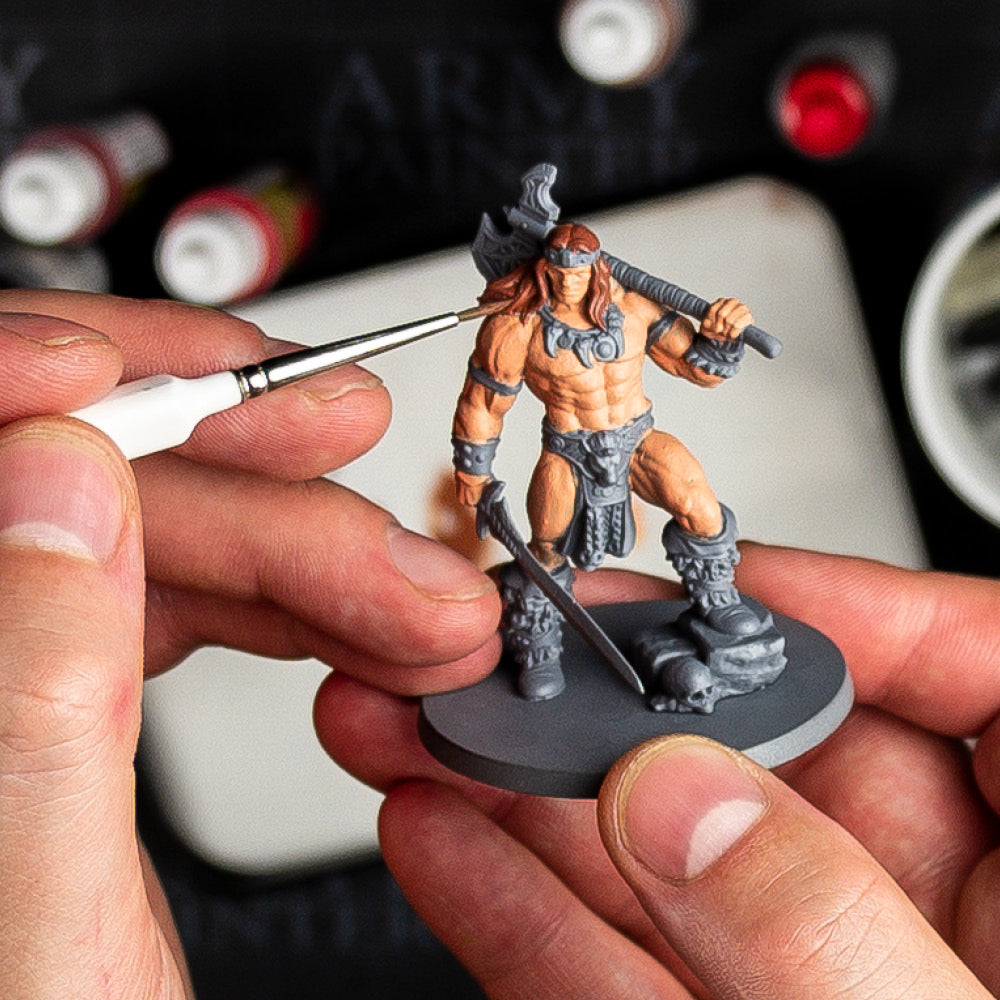
Painting a Miniature Once you’ve assembled and primed your models – it’s time to paint! The first layer of paint is called a basecoat. Applying an even and smooth basecoat layer to your miniature i...
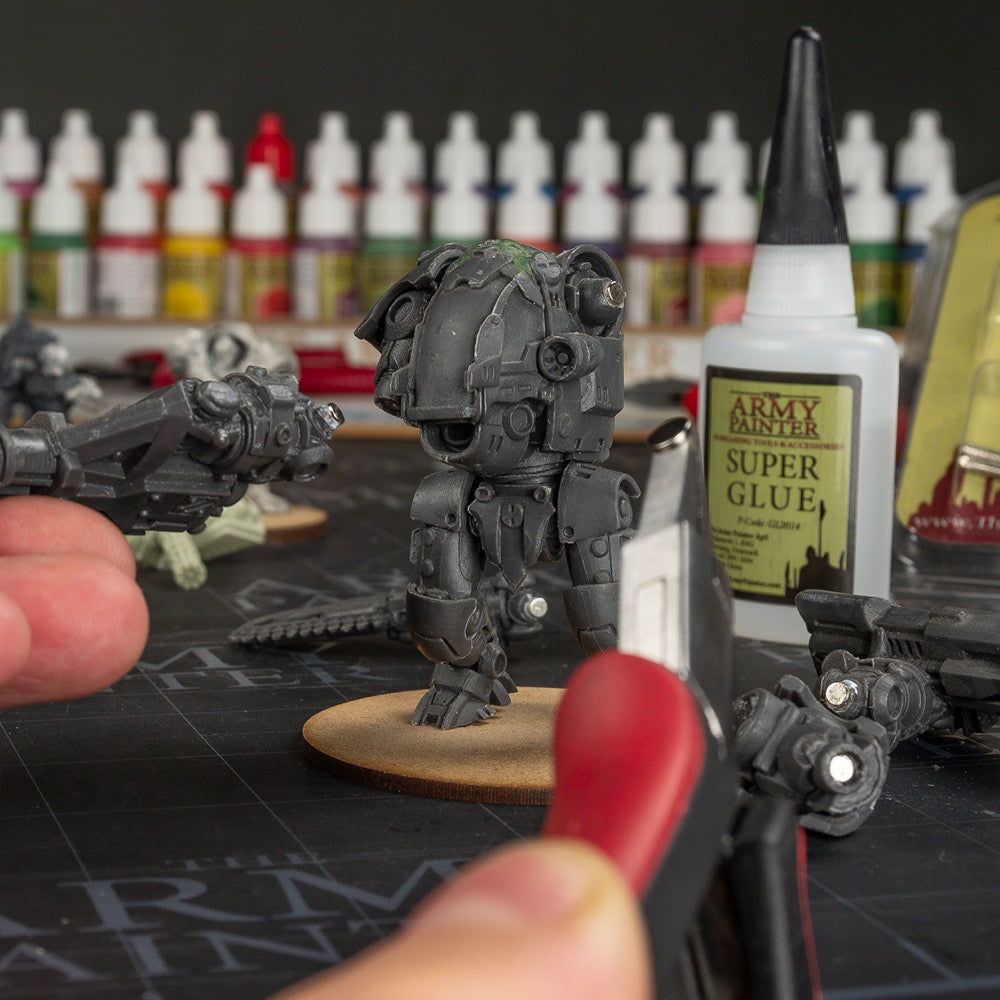
How To Use Magnets on Your Miniature
Customise Your Miniatures with Magnets Are you ready to unleash your creativity, customise your miniature figures and models, and take them to the next level? Among the myriad ways to personalise y...
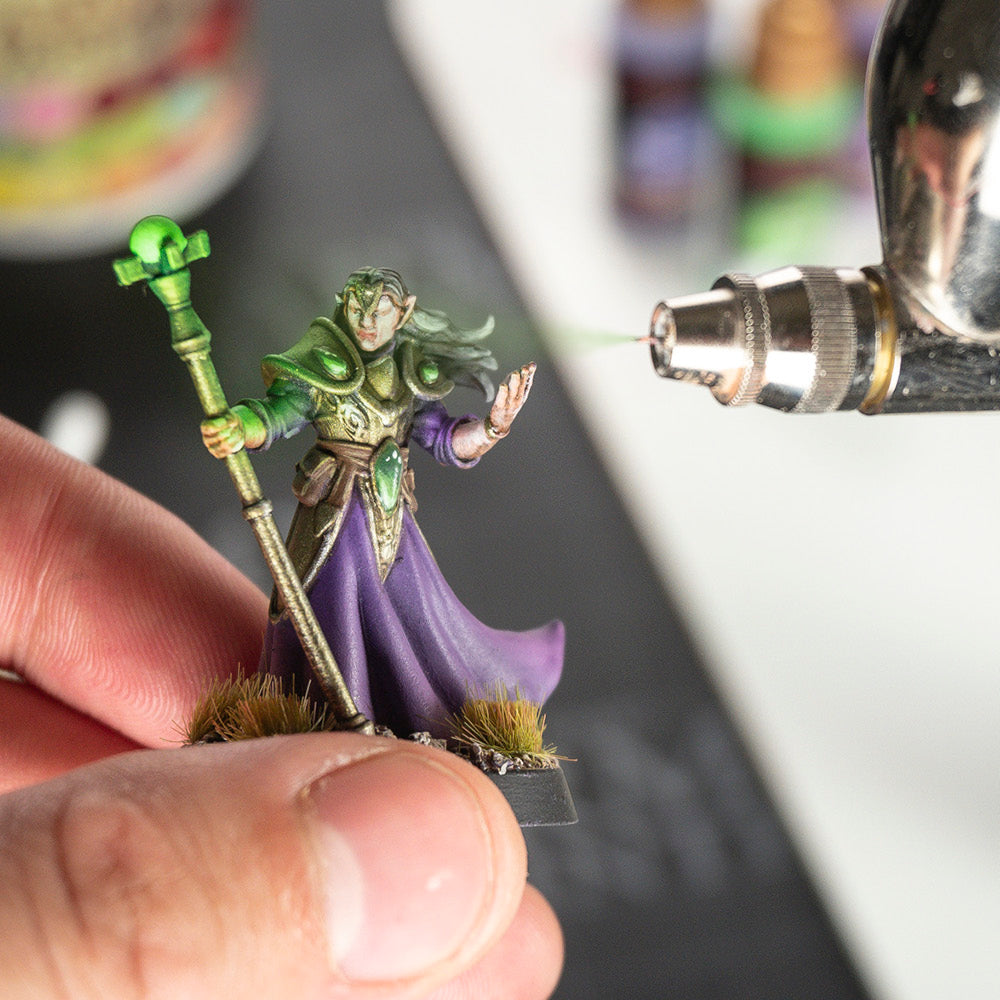
How To Do Object Source Lighting
Your Guide to Object Source Lighting What Is Object Source Lighting? Object source lighting, or OSL, refers to a light source on your miniature that may exist on the model, the base, or elsewhere t...
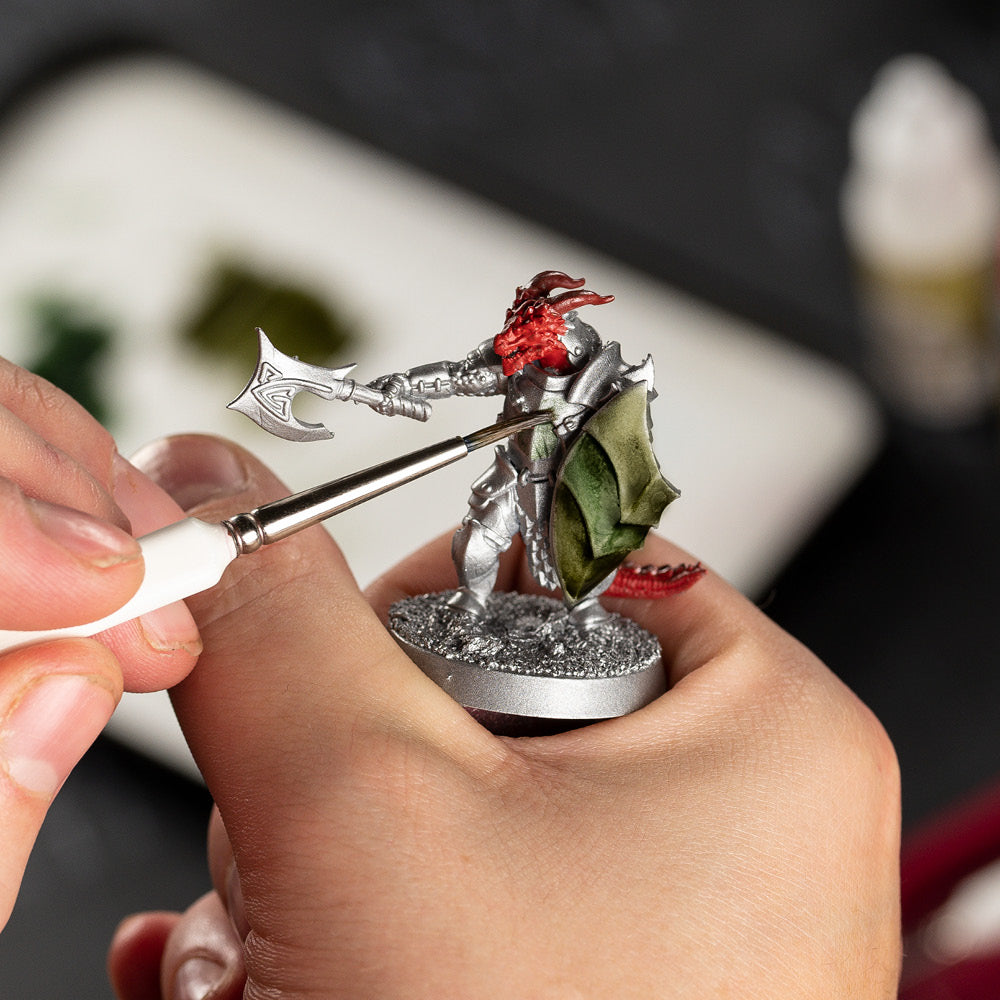
Advanced Techniques for Using Washes
Create (Even) More Contrast with a Wash Sure, the wash technique is talent-in-a-bottle for many painters but thanks to the heavy pigmentation and unique formulation of our Washes – the simple wash...
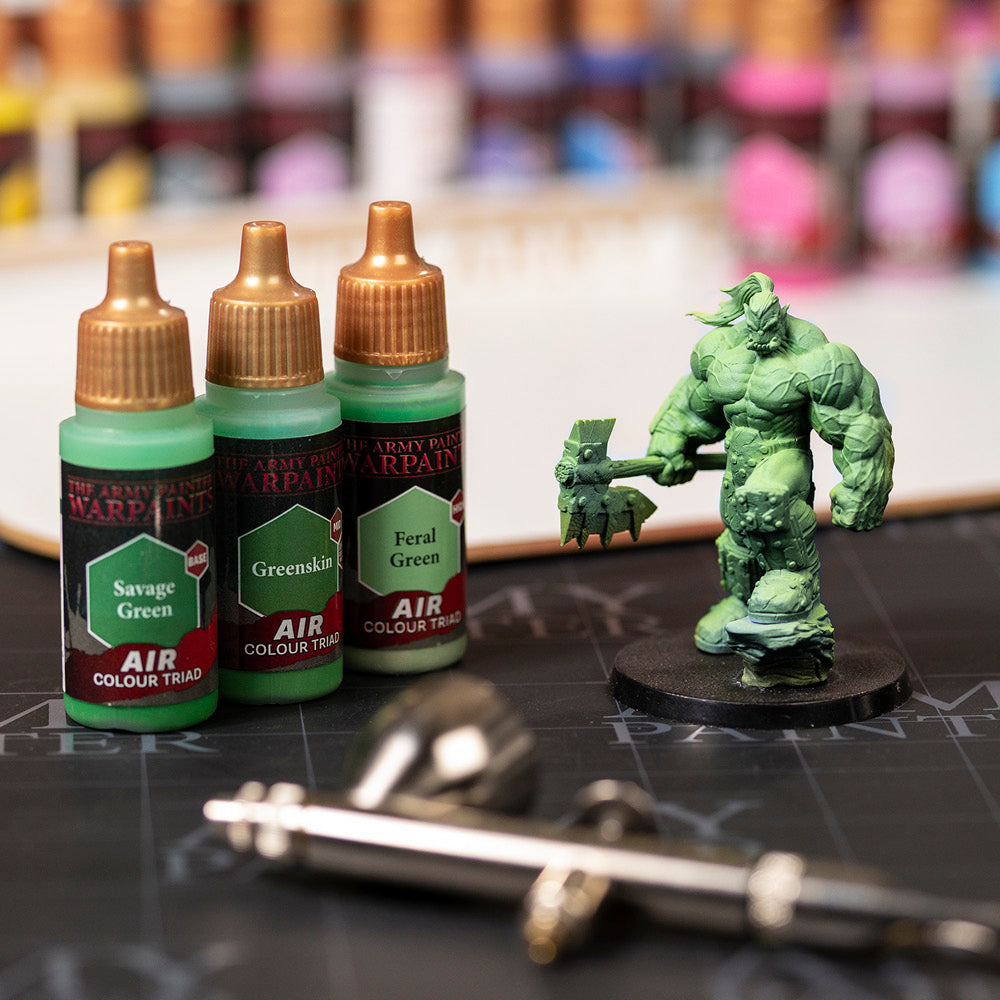
How to Work With The Colour Triad System Basecoating miniatures with an airbrush is super-efficient with our uniquely formulated Warpaints Air. With the extensive range of colours and perfect visco...
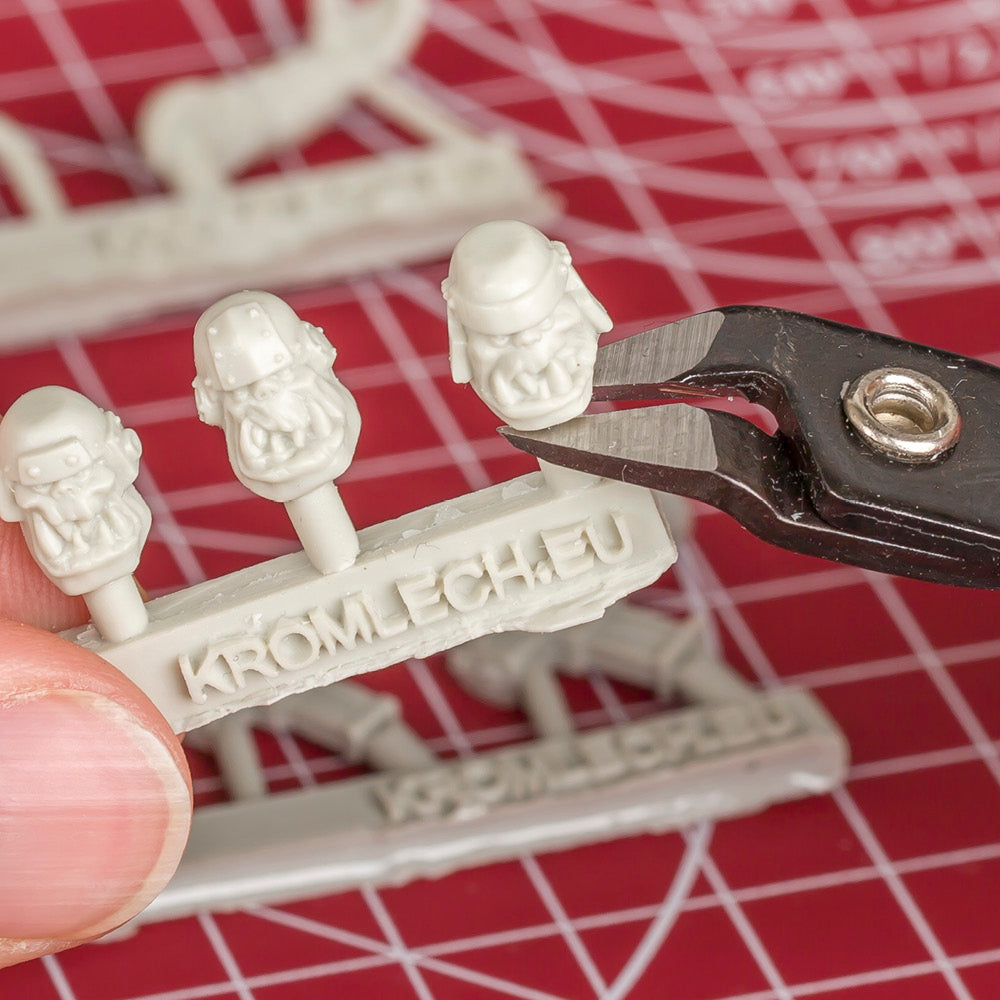
How To Assemble a Miniature Figure
A Step-By-Step Guide to Assembling Miniature Figures Assembling your miniatures is a fun part of the process of creating your personal army, but it can also be quite daunting. Unfortunately, we hav...
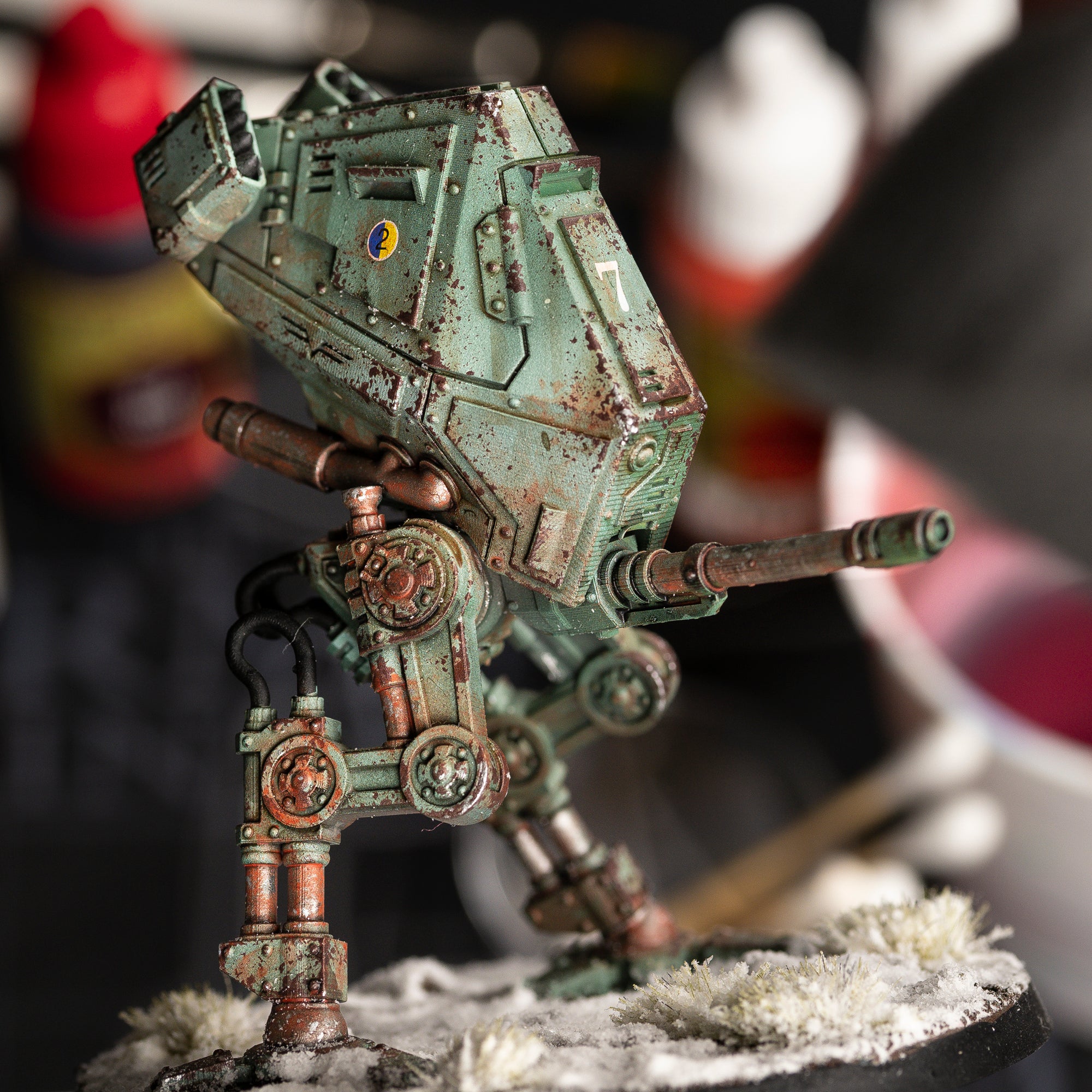
Learn How to Use Weathering Techniques
What is Weathering? Weathering refers to a series of techniques that simulate natural wear and tear, ageing, and exposure to the elements. From a rusted tank to a mud-splattered cloak, weathering c...
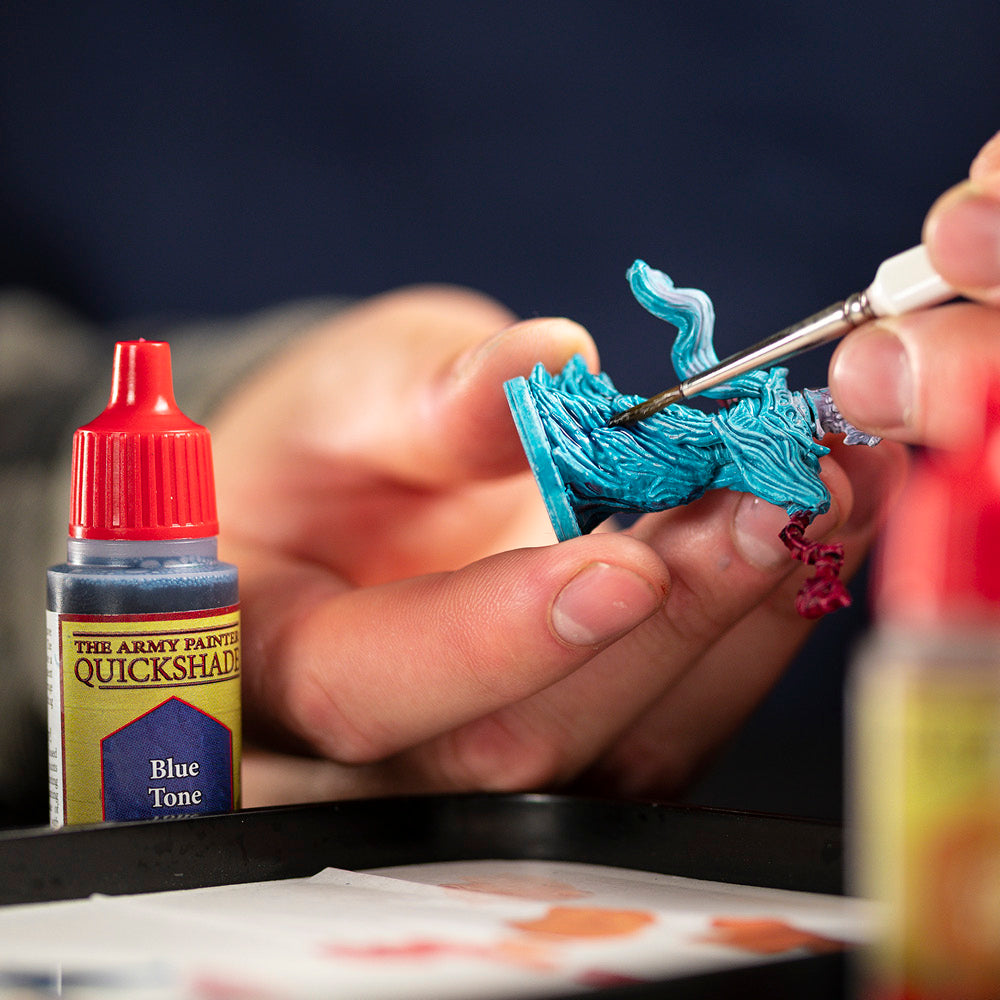
How To Use The Warpaints Fanatic Wash
Have you ever looked at a painted miniature and wondered how to apply shadows and depths to it? Well, we’ve got a simple answer to that question: Warpaints Fanatic Wash! Because applying a wash (s...
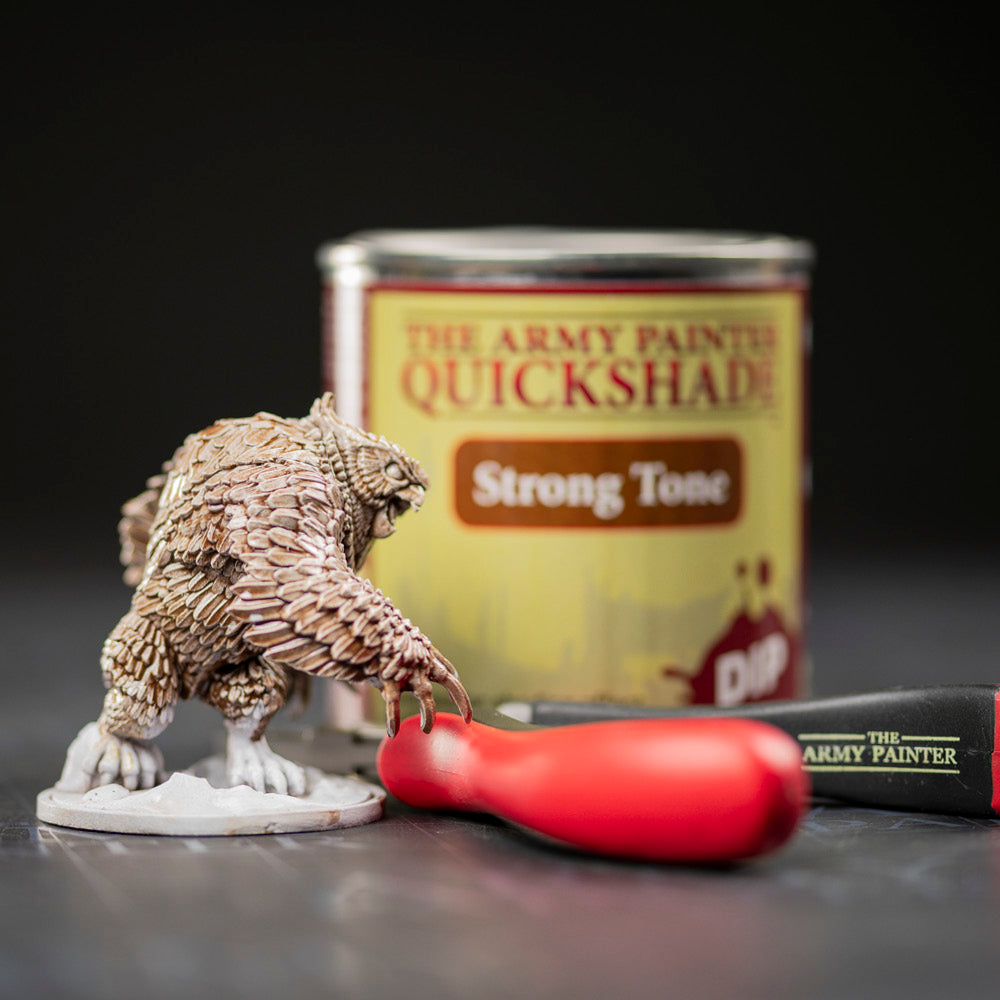
Dipping is an “Ancient Hobby Secret,” once only spoken in hushed tones by elder hobbyists as their secret to achieving insane shading, insanely fast. With the Quickshade Dip, we’ve brought their we...
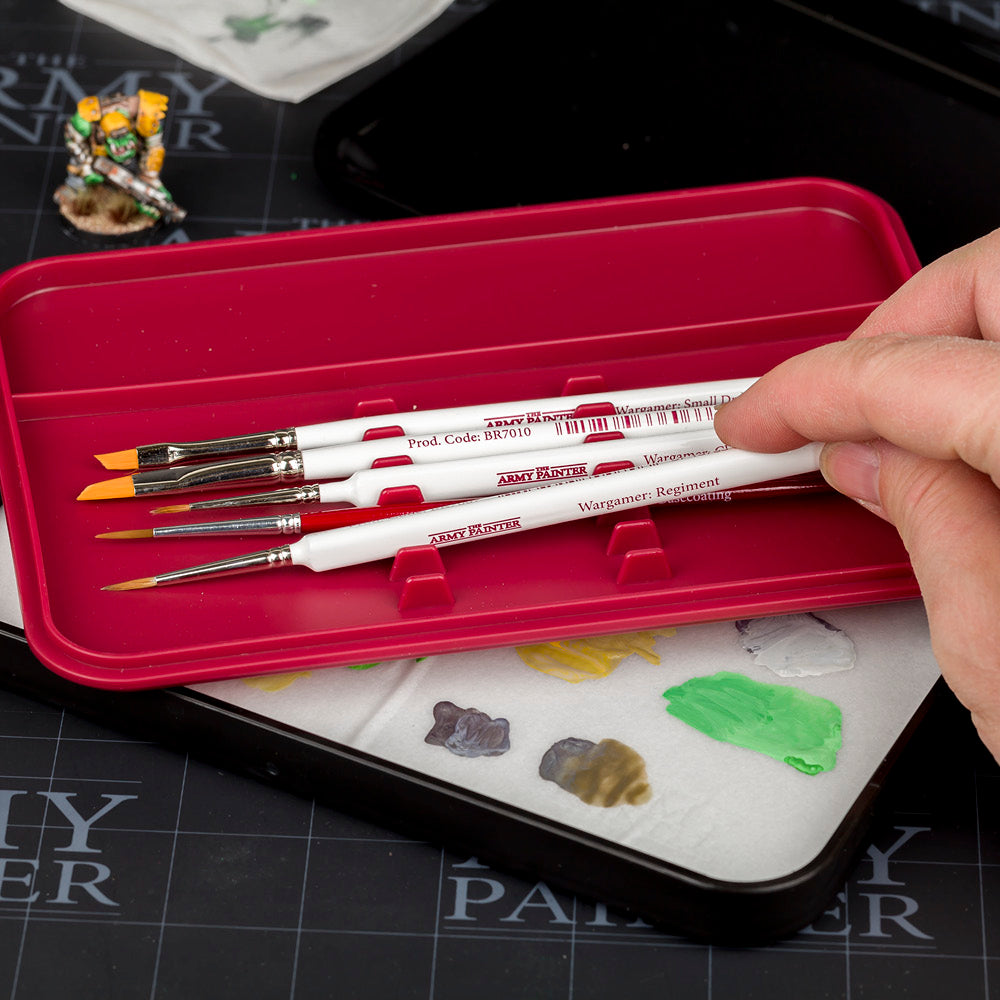
How To Prepare and Use a Wet Palette
A wet palette is an essential tool for every painter, designed to keep your paint hydrated and workable for more extended periods. It consists of a plastic case, a layer of absorbent material (the ...
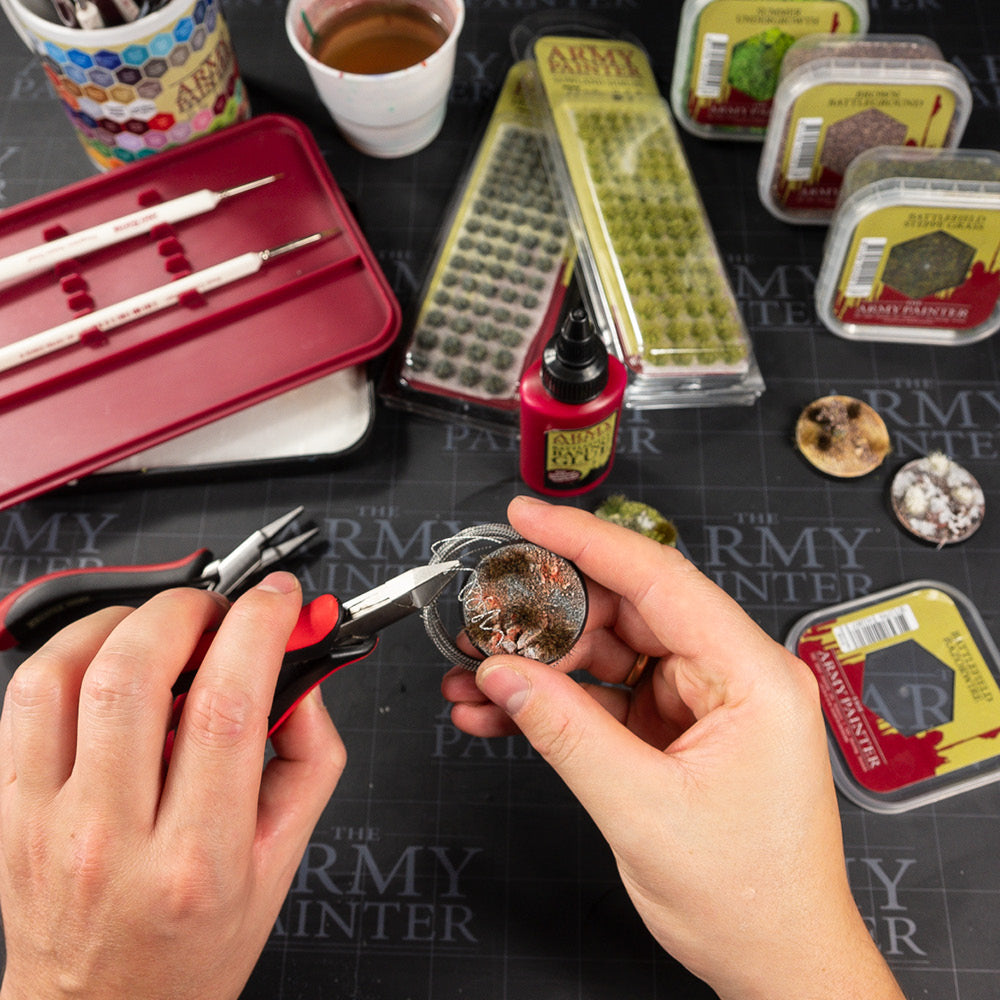
The choices you make about how to base your miniatures are really impactful. The base is as much a part of your army as the miniature itself and when displayed on the tabletop, the bases are some ...
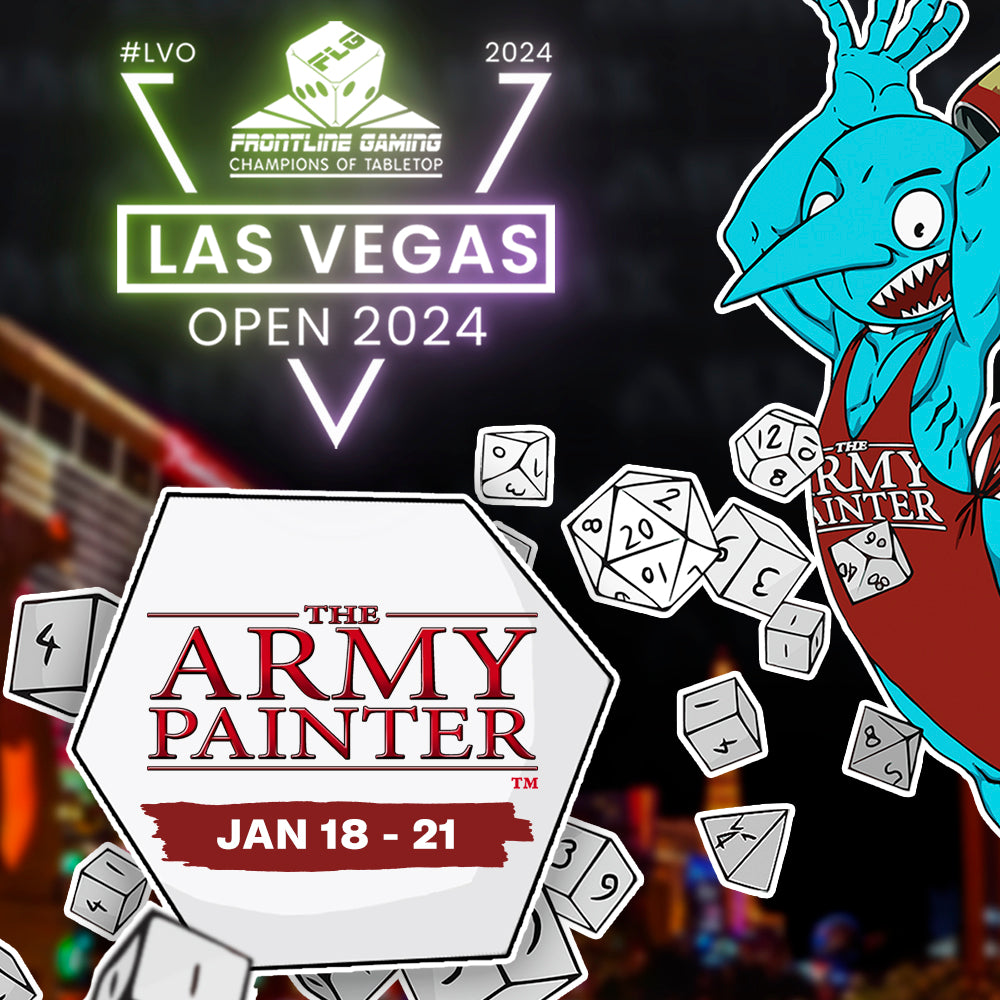
The Army Painter rolls into the Las Vegas Open
The Las Vegas Open (LVO) is one of the premier gaming events in many hobbyists' yearly calendars. Situated in the heart of the city that never sleeps (no, not that city, the other city that never s...
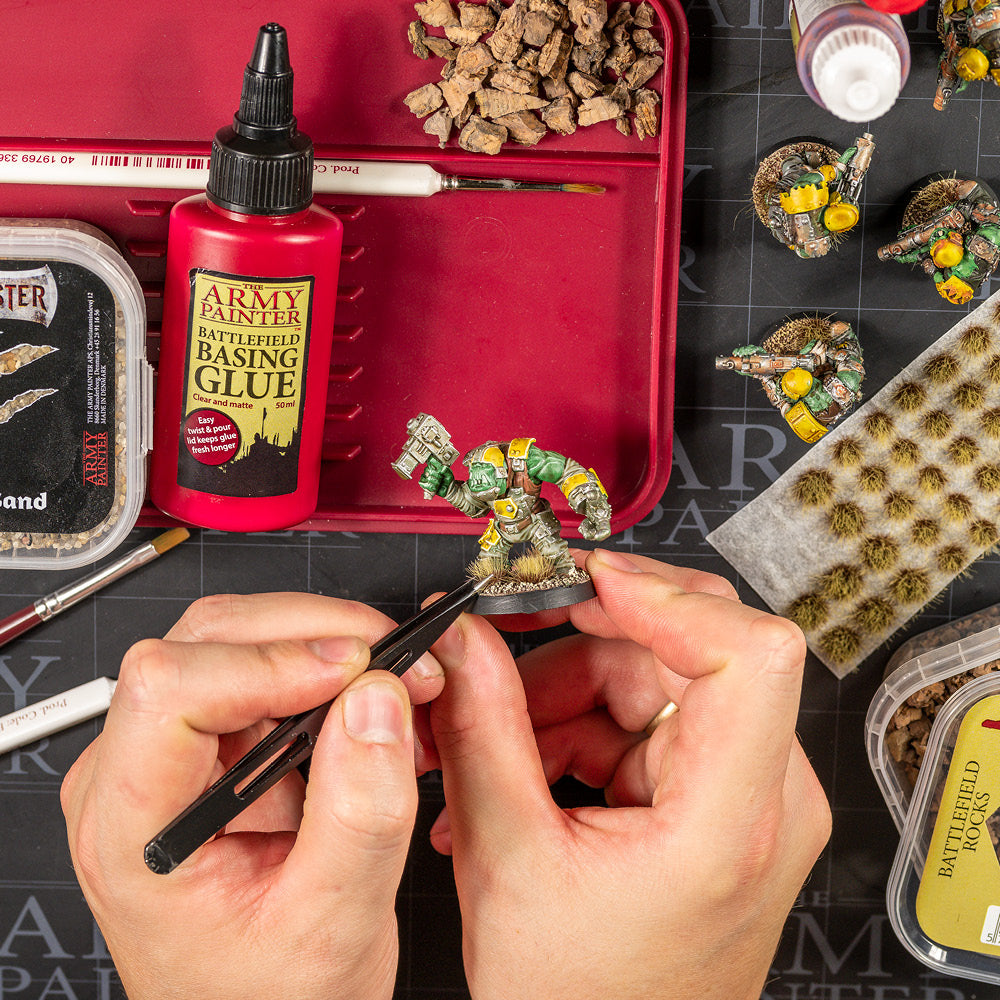
Finishing the Miniature’s Base
Bases are often an overlooked part of the process of painting a miniature. Your choice of basing, however, is an important one. It binds your army of generals, troops, and vehicles together as a co...
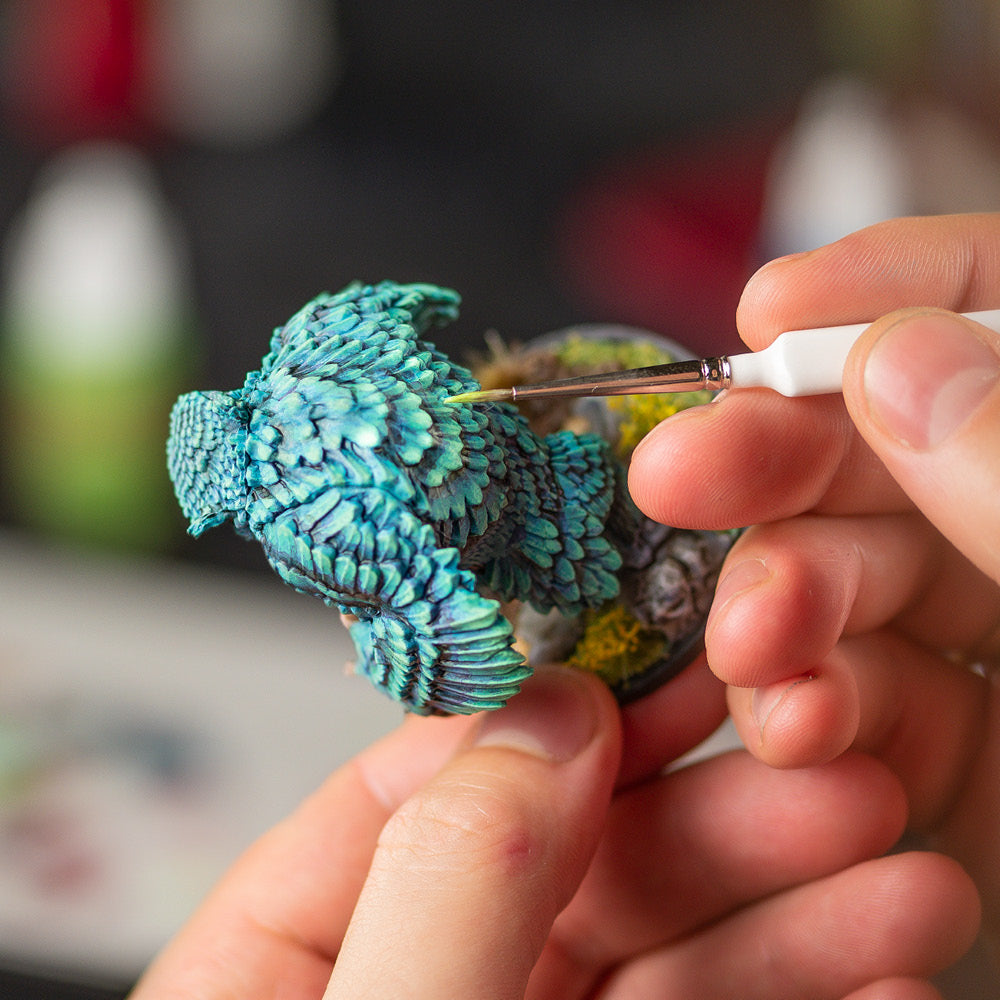
Learn how to highlight miniatures
Highlighting is where a model can really come to life. This is where you paint a lighter colour onto raised areas on the miniature. When it comes to army painting, this technique is mostly used on ...
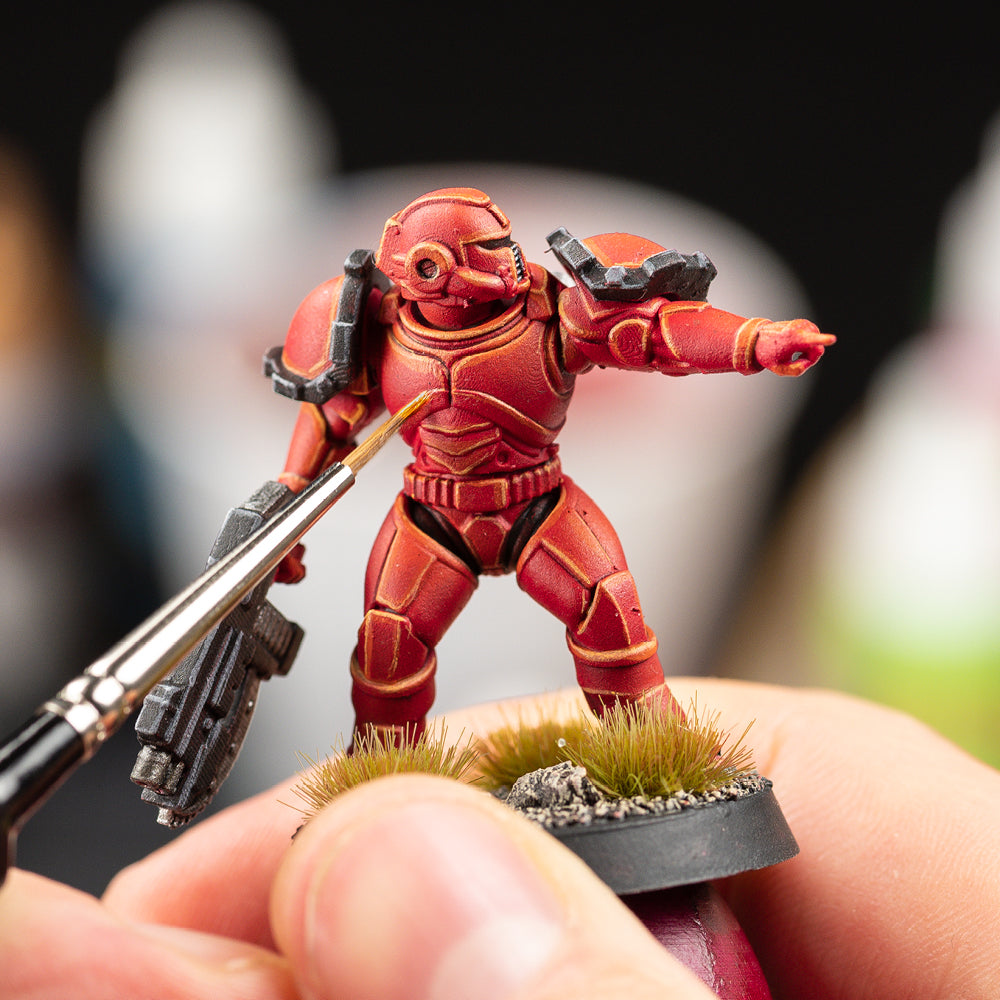
Advanced highlighting techniques
In this article, we’ll show you how to expand on your repertoire and understanding of highlighting techniques, starting with Edge Highlighting. A simple technique that will yield great results on a...
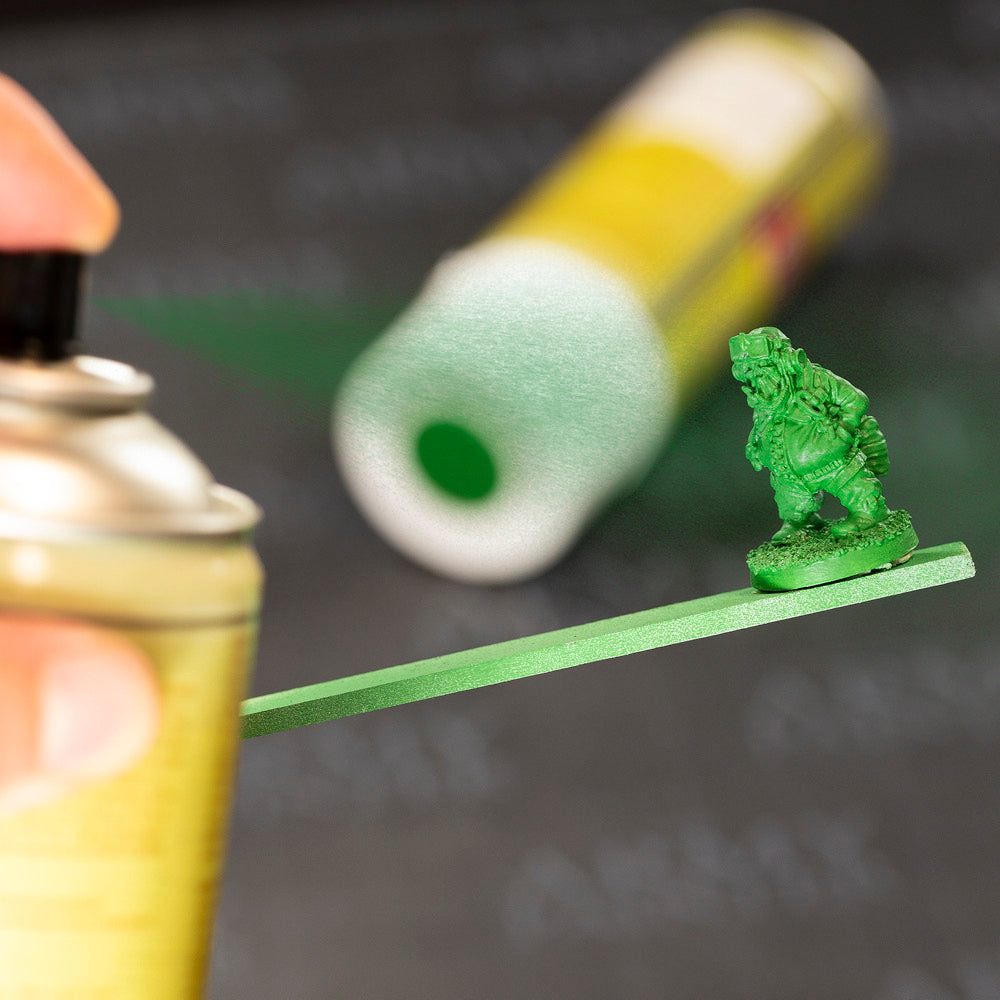
Priming is the essential first step you take before painting your miniature. When you prime your model, the Primer provides a surface that paint can adhere to more effectively than plastic, resin, ...
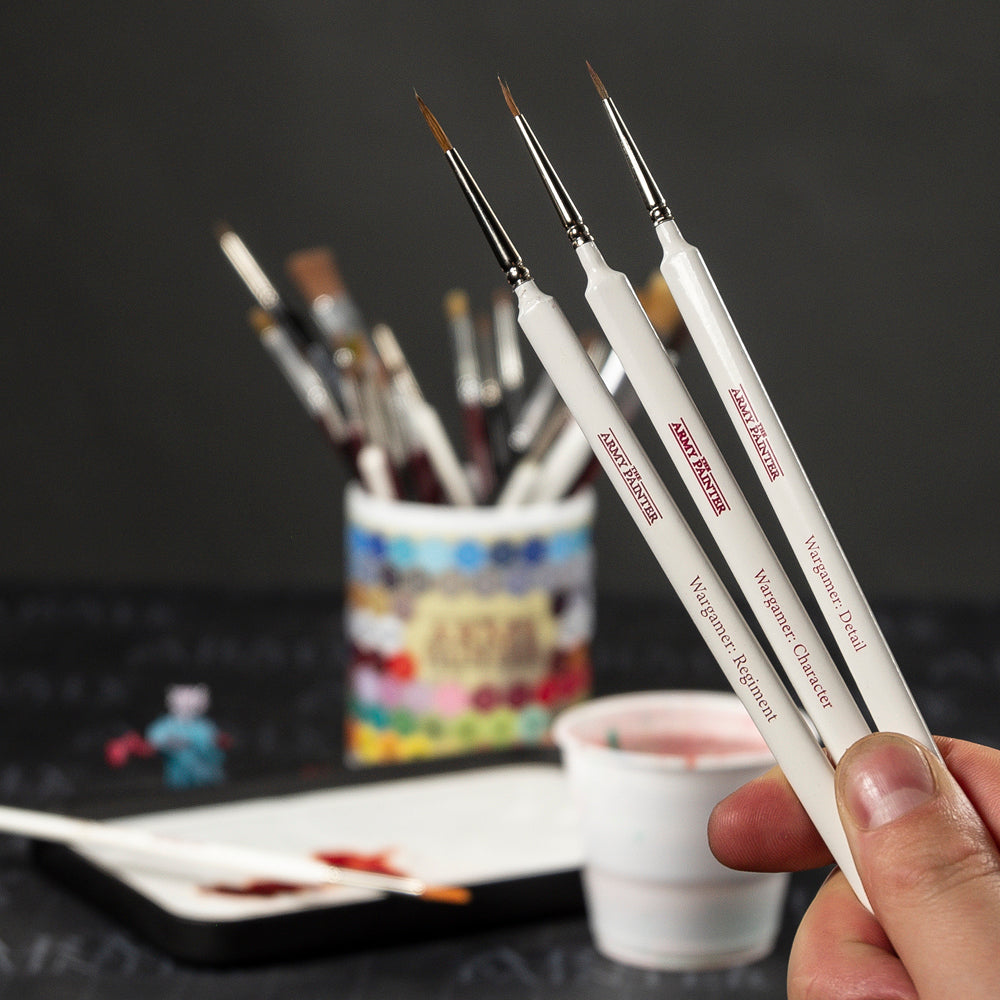
For all miniature painters of all levels, a great brush is critical as it is an important everyday tool for a painter and can help achieve amazing painting results. The Army Painter offers a wide v...
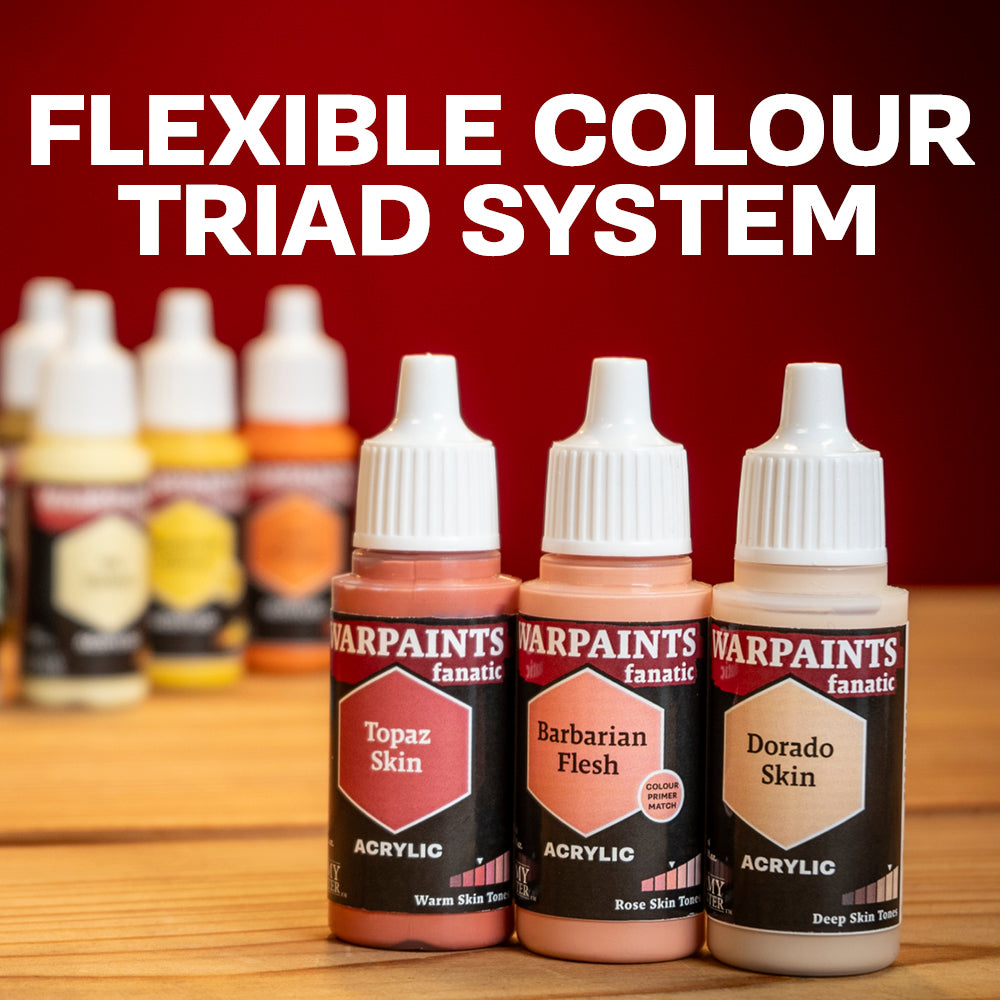
Warpaints Fanatic: How to use Flexible Colour Triads
Up your game with the Flexible Triad System We first introduced the Triad System with our industry-leading airbrush-ready Warpaints Air. This method, beloved by hobbyists and professionals alike, o...
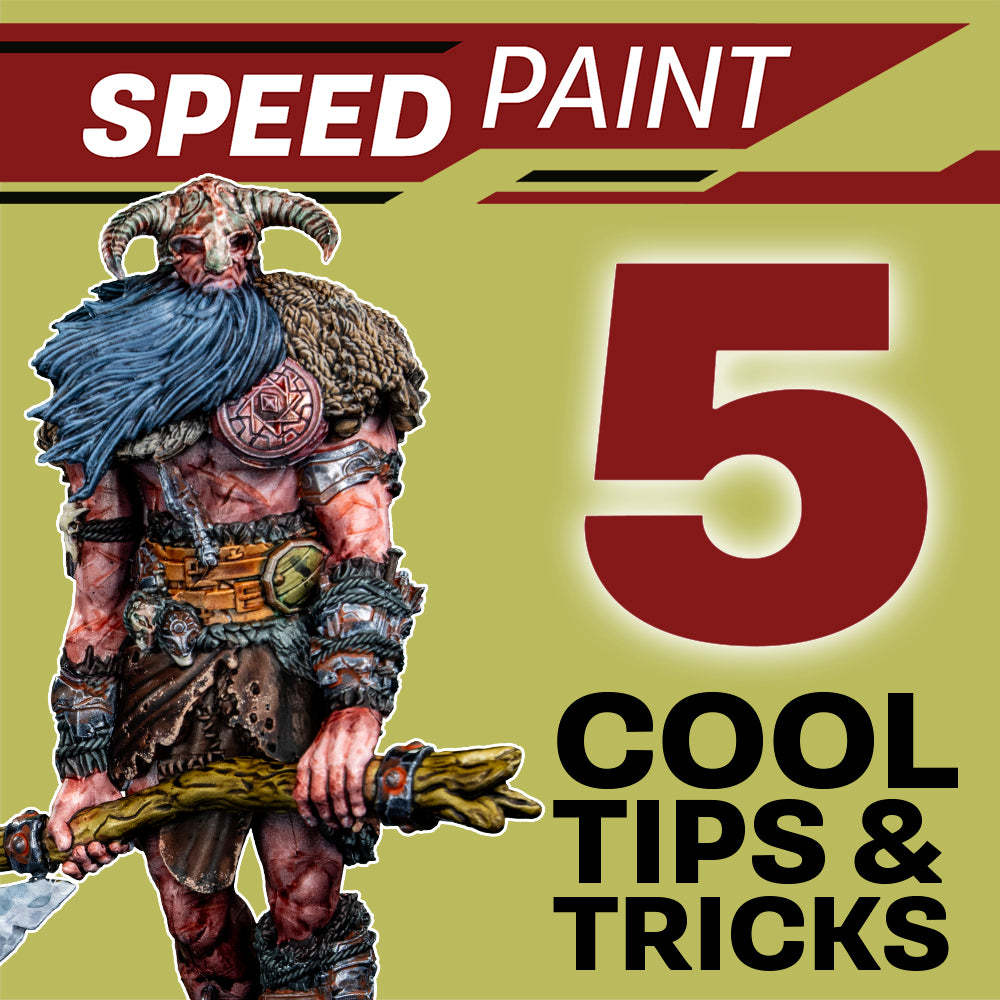
Speedpaint 2.0: 5 Tips and Tricks
Speedpaint 2.0 is renowned for its versatility and ease of use, making it a favourite among hobbyists and painting enthusiasts. Even though Speedpaints make for perfect tabletop-ready miniatures wi...
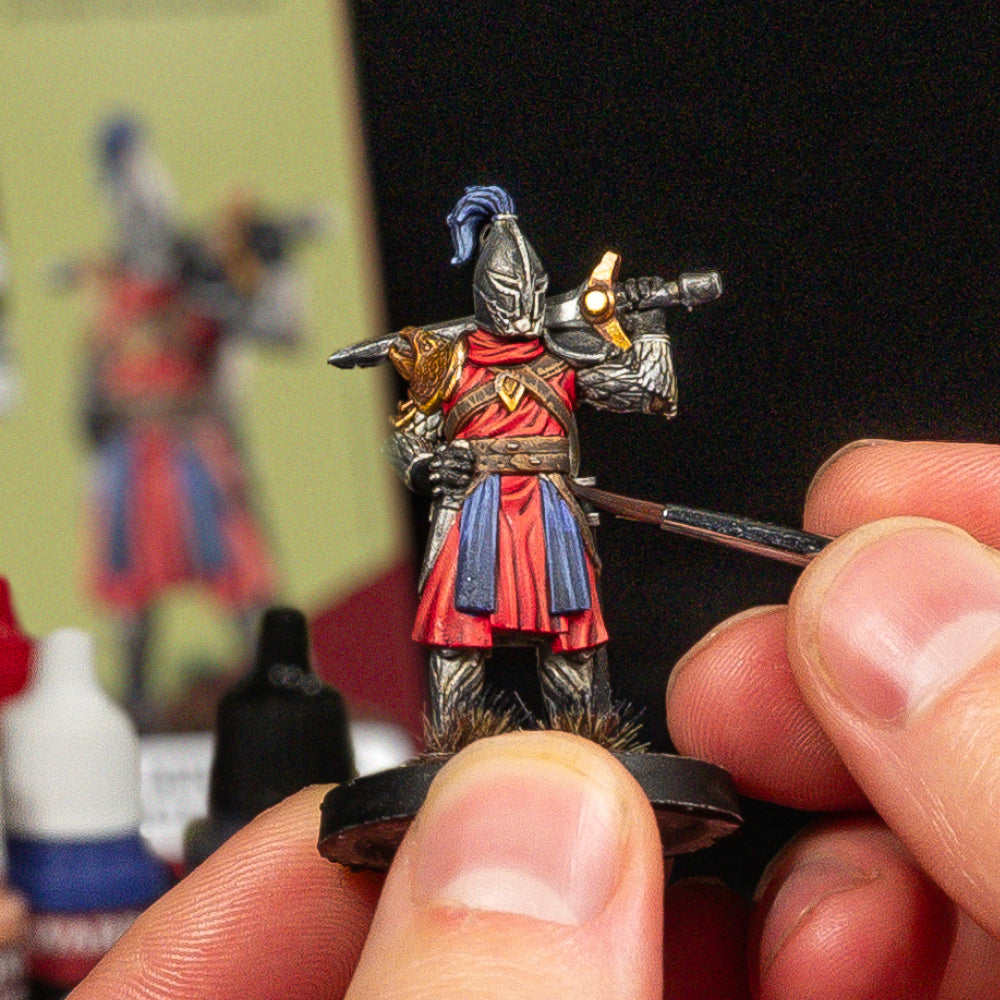
Are you eager to embark on your journey into the captivating world of miniature painting? Then you’ve come to the right place! Whether you’re a complete novice or looking to refine your skills, we’...
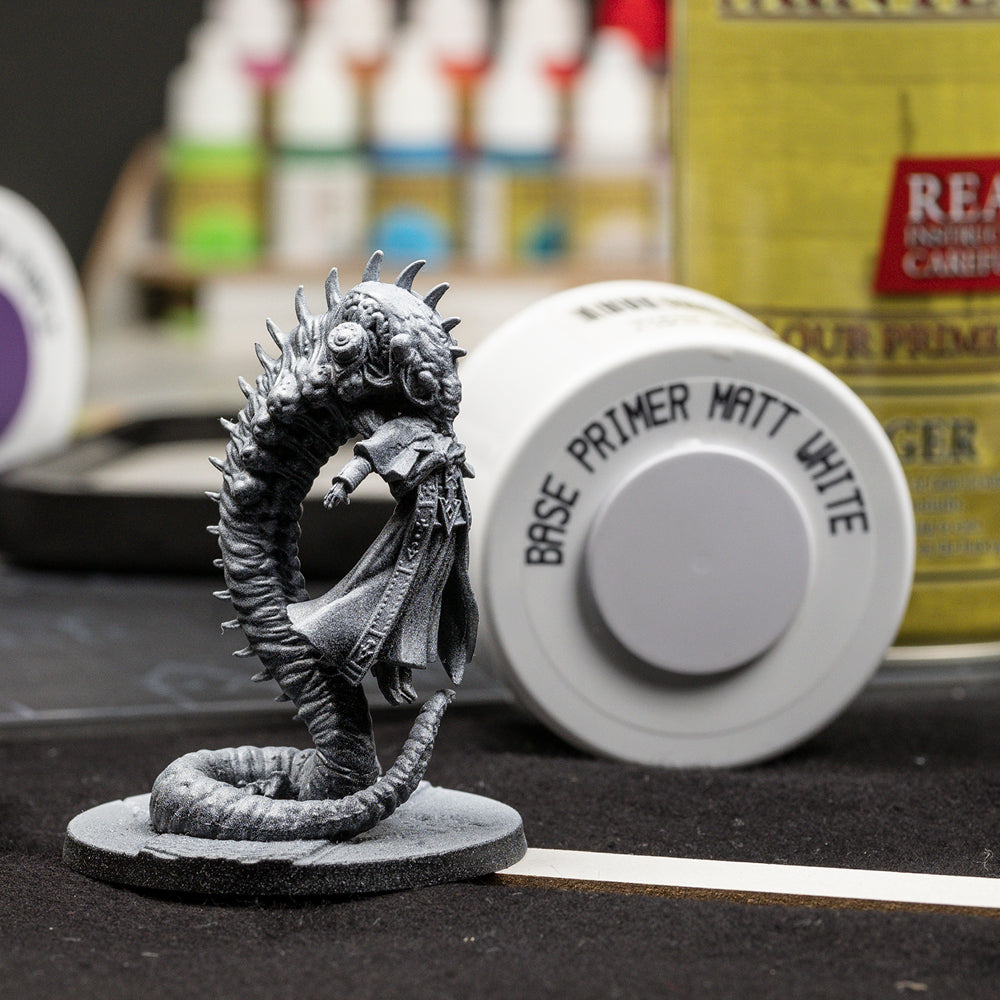
An advanced step to priming miniatures is called Zenithal Priming. This technique utilizes the fact that paint is not completely opaque, to simulate light from the sun when it is at its zenith. Rea...
